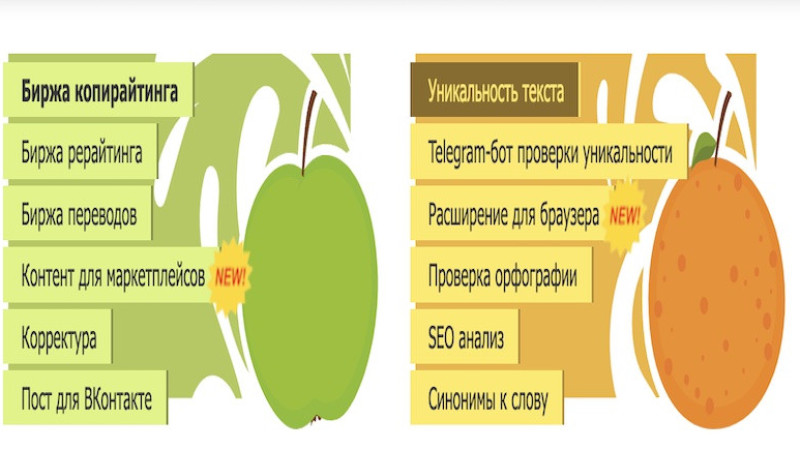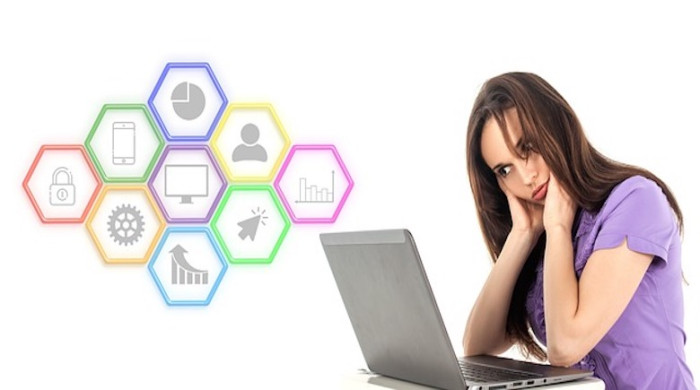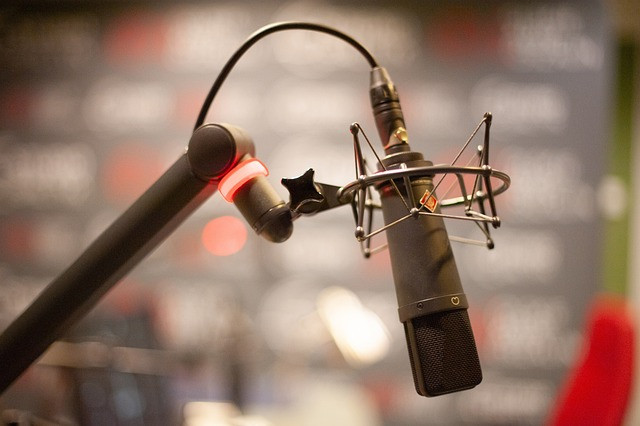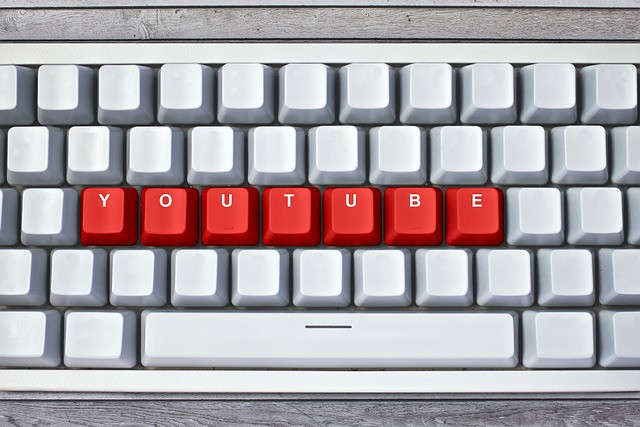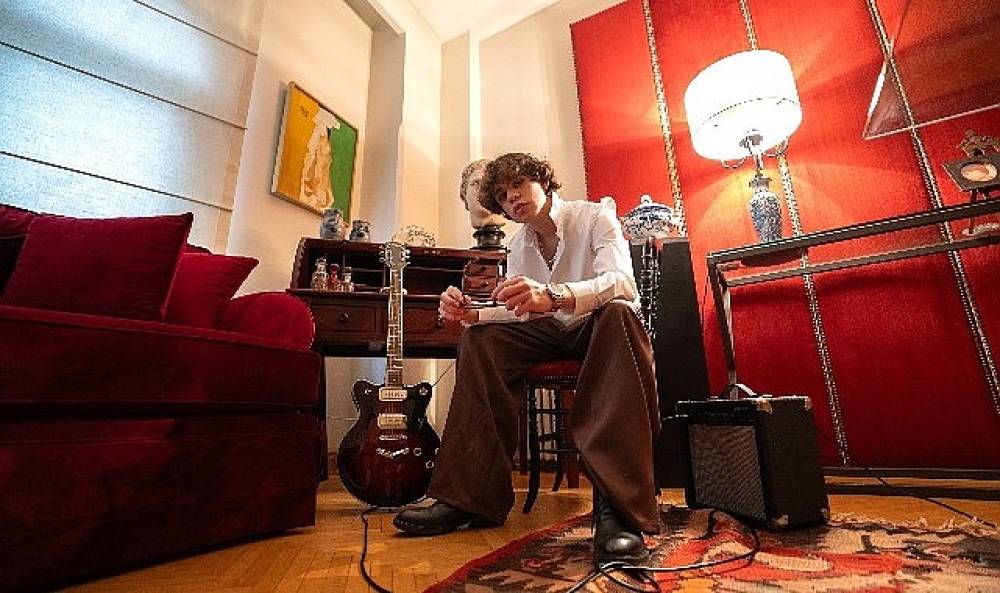Professional shop design: how to make your webshop user-friendly
Professional shop design: how to make your webshop user-friendly
Making a webshop user-friendly: a guide
How to make an online store user-friendly? What elements must be considered, and what features must be offered? Learn here!
Making a webshop user-friendly: a guide
Whether website or webshop – the design remains one of the main decision-making aids for the visitor when he takes a look at your content, it influences the perception of your company, the products, and whether a customer decides to buy or whether he leaves the shop without doing anything.
A design that gives the visitor a user-friendly and pleasant shopping experience is generally recommended. So how is good webshop design defined? Below we have compiled a list of tips for you based on which you can check in stages whether your shop invites people to buy or rather deters them. These are basic aspects that can be applied to almost every online shop despite differentiated individual characteristics.
There are many ways and tools that can help you build a convenient website or app (websites and applications built with Node.js are especially widespread nowadays), but if your resource lacks the following characteristics, it is unlikely to be successful.
Your company: the corporate identity
"Corporate Identity" is generally the appearance of a company in public and understanding which unique selling points, services, and philosophy it represents. This also includes the logo, color choice, and slogans. The corporate identity is essential for a customer to recognize your company. Therefore, you should place your logo at the top of the website, where people can see it immediately. Layout and color scheme are also important factors.
In addition, you can also make sure that you transfer the logo and color scheme of your shop to other channels – both in social media, newsletters, or flyers. This creates a uniform picture of your company, and users can identify you easier.
The first impression
As soon as a user visits your webshop, the upper part of the homepage is the first thing he gets to see. This part is also called "above the fold." It attracts the attention of visitors and gets them to look at the rest of the site. This is done, for example, by down arrows or visual instructions. Design the area in such a way that users become curious and want to look further.
Above the fold also serves as the visitor's first impression of your company. It should be immediately clear to him what awaits him in your shop and what is still to discover. Your logo should be visible, as well as a slogan or a short description. Large product images or sliders are now also very popular to illustrate the shop's focus.
But be careful not to fill the area with too much information. This can quickly have the opposite effect and overwhelm the visitor. Less is more – rather limit yourself to the essential aspects and encourage people to read more and learn more.
The structure: navigation
Ease of use impresses, not least with its clarity. An easy-to-understand and well-structured menu help visitors orient themselves. Sub-items serve to distribute your offer into different categories. Look for a meaningful subdivision and precise, concise formulations for these points.
You can try working with a maximum of three levels to prevent the structure from being nested. In this way, the impatient visitor can reach everything within two clicks.
The heart of the shop: the products
The visitor's focus is on your products. It is, therefore, immensely worthwhile for webshops to invest in high-quality product images. After all, the potential customer cannot look at the product from all sides as in the real store but only has the pictures as a clue. Often there are also details that you want to take a closer look at. Four or five images from many different perspectives are the best choice.
Ideally, you should not include your own rating in the product description. Stay objective and give the user as much information as possible without writing a novel.
Another tip for search engine optimization: if you name the image correctly, you will save yourself a lot of work later and get better search results on Google. An example would be "a-product-with-keyword.jpg" instead of "IMG008.jpg". This is only a small step but results in an overall higher range.
The visualization: graphics
Text alone can be quite monotonous for the user in the long run. With the right design, you can make it more appealing, for example, through graphics or icons. Icons are intuitively understandable for the Internet user.
Again, it is usually better to remain minimalist and not irritate the user with too many graphics – after all, the focus should remain on the product images. Gradients or shadows are also effects that distract unnecessarily. Better improve readability through high contrasts.
The purchase option: call to action
The visitor should know what the next step must be when shopping. Clearly visible buttons with the "Call to Action" message help here. Size and color choice highlights such buttons and guide the user. Colors often trigger unconscious emotions – green is often associated with something positive, but red is a signal color and often stands for warnings. With the right colors, we understand a lot without reading the text beforehand.
Also accessible on the go: responsive design
Meanwhile, more and more people are surfing using mobile devices, and desktops are increasingly falling into the background. Even when users lie on their couches at home, they reach for the tablet rather than the computer. "Responsive design" means that the website's layout automatically adapts to screens of different sizes.
So that your products and texts on portable devices are not displayed too small and illegible, you should rely on adaptable elements that change depending on the screen. You must also keep buttons in a touchable size.
Conclusion
If you take care of all these features, nothing stands in the way of a user-friendly design. Existing webshops can also be revised and further developed using these tips.
Yorumunuz başarıyla alındı, inceleme ardından en kısa sürede yayına alınacaktır.
